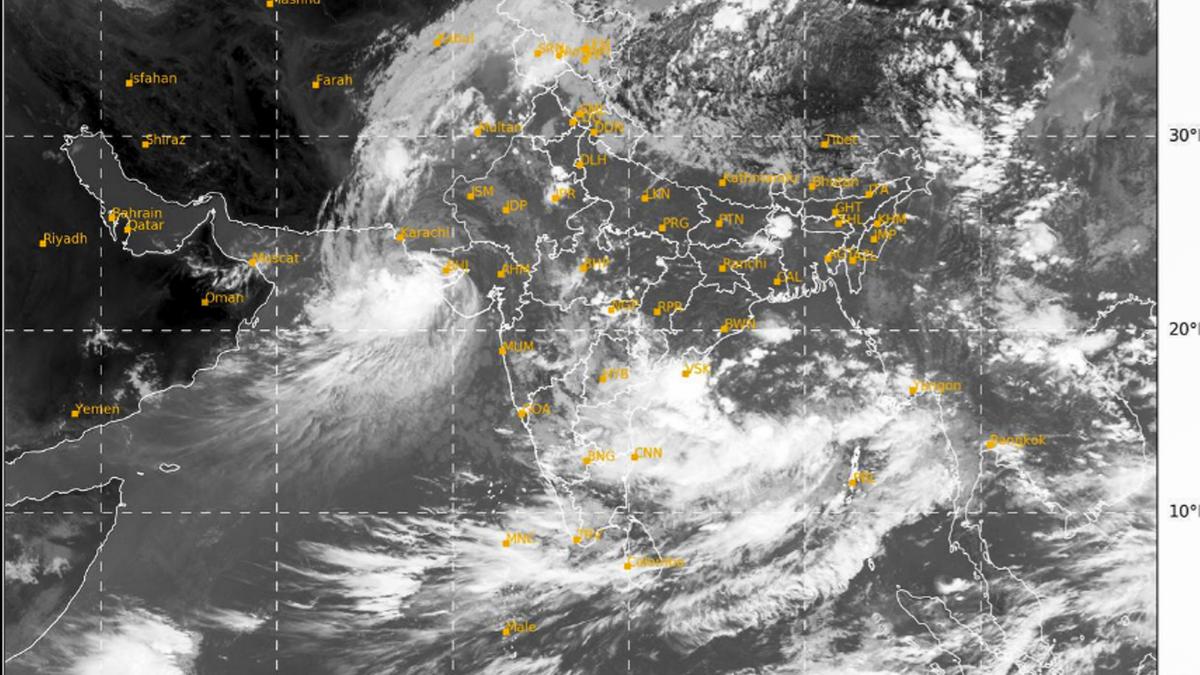Image used for representative purpose only.
| Photo Credit: G. N. Rao
For the first time, Indian scientists have reported antimicrobial resistance (AMR) gene profiles in poultry from Kerala and Telangana, and have cautioned that this emerging resistance may be aggravated by the depleting antibiotics repertoire.
Poultry is a major source of AMR, because industrial farming, with modern practices, widely uses antibiotics. India and China are major producers of meat and have hotspots of AMR in their countries.
This has been stated in a recent paper titled ‘The antimicrobial resistance profile in poultry of Central and Southern India is evolving with distinct features’, published in Comparative Immunology, Microbiology and Infectious Diseases, by the Drug Safety Division, Indian Council of Medical Research-National Institute of Nutrition, Hyderabad.
Speaking about the study, Shobi Veleri, one of the authors of the paper, said that while Central and Southern India were predicted as emerging hotspots for AMR in poultry, there was no data available to substantiate this.
“To this end, we collected chicken faeces from poultry farms in these regions and isolated genomic DNA. The samples exhibited a high prevalence of gram-negative and anaerobic species. These deadly species have an extra layer of cell membrane protection against drugs that could kill them. AMR acquired by them poses an additional challenge for medical treatment of serious infectious diseases like pneumonia, cholera, food poisoning etc.,’’ Dr. Veleri said.
High-priority pathogens, like E. coli, Clostridium perfringens, Klebsiella pneumonia Staphylococcus aureus, Enterococcous faecalis, Pseudomonas aeruginosa and Bacteriodes fragiles that pose challenges for antibiotic treatment in India were also detected in the poultry samples, and were carrying AMR genes.
This is a red flag for urgent intervention to stop the spread of AMR in the ecosystem, the paper noted.

Respiratory infections (Pneumonia, bronchitis), urinary tract infections, gastrointestinal infections, intra-abdominal infections, and several clostridial infections commonly seen in India are caused by gram-negative and anaerobic species.
Infections of AMR pathogens increase public health risk and the likelihood of mortality arising from limited drug options and consequent health complications.
The study further found that southern India had a higher abundance of AMR genes compared to central India. E. coli was significantly more prevalent in the southernmost zone of India compared to other sites.
Also, the ICMR data had many common AMR profile features of the European Union (EU) poultry farms but lacked mcr-1, the gene that renders resistance to colistin, the last resort antibiotic in the essential drugs list of the World Health Organization. This is a recently-emerged AMR gene in E. coli. Similarly, a newly-emerged resistance gene, optrA, detected in EU was undetected in Indian poultry samples, whereas qnr, which is highly present in EU, is emerging in south Indian samples in low levels.
The data reveals the extent to which the AMR gene has evolved in central and southern India, and it is comparable to EU data but its severity is less than it is in the EU, the report said. Thus, now India has a window of opportunity to control AMR spread in the food chain, the scientists noted, while seeking urgent government intervention to ensure the safety of the public.
Published – November 16, 2024 05:00 pm IST










